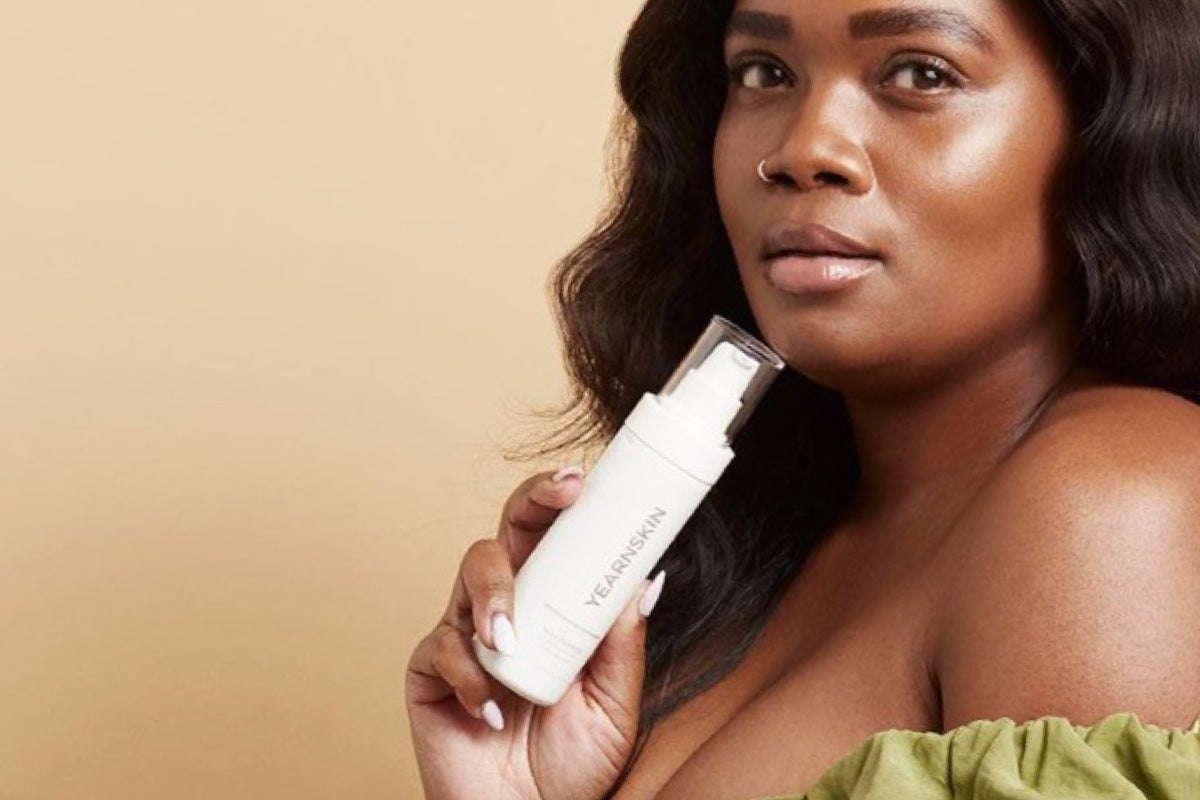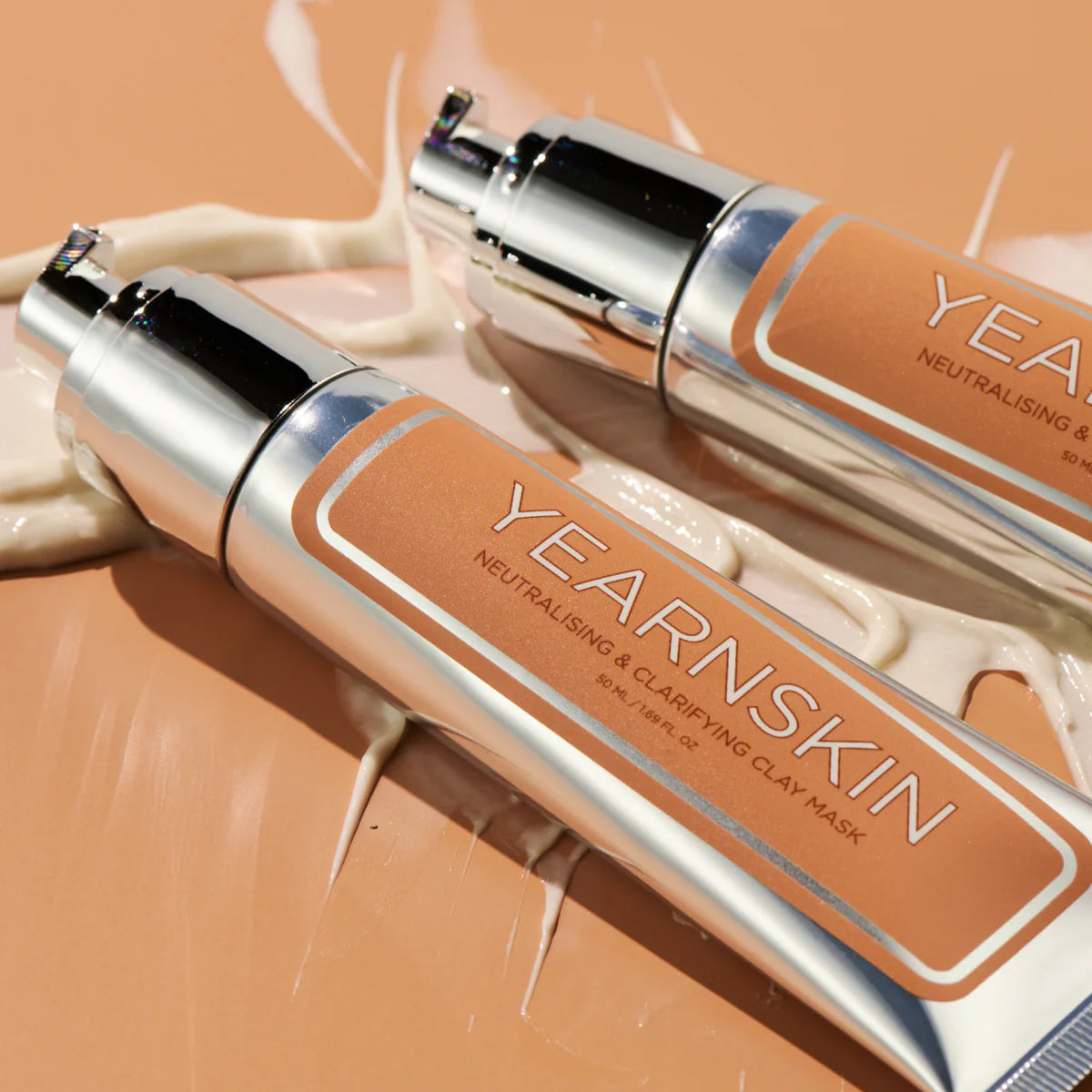Benefits of At-Home Skincare Peels:
- Exfoliation: At-home skincare peels work by gently removing the top layer of dead skin cells, revealing fresh, radiant skin underneath. This process helps to improve skin texture, reduce dullness, and promote a more even skin tone.
- Anti-Aging Effects: Peels containing ingredients like alpha-hydroxy acids (AHAs) or beta-hydroxy acids (BHAs) can stimulate collagen production, leading to firmer and more youthful-looking skin. They can also minimize the appearance of fine lines and wrinkles.
- Hyperpigmentation Reduction: At-home peels can effectively lighten dark spots, sun damage, and hyperpigmentation, resulting in a more even complexion.
- Acne Treatment: Certain peels, such as those containing salicylic acid, can penetrate the pores and help to unclog them, reducing acne breakouts and preventing future blemishes.
- Improved Product Absorption: By removing the outer layer of dead skin cells, at-home peels enhance the absorption of skincare products, allowing them to penetrate deeper into the skin and deliver better results.
Types of At-Home Skincare Peels:
- Alpha-Hydroxy Acid (AHA) Peels: AHAs, such as glycolic acid and lactic acid, are water-soluble acids that exfoliate the skin's surface. They are suitable for most skin types and can help with fine lines, uneven skin tone, and dullness.
- Beta-Hydroxy Acid (BHA) Peels: BHAs, like salicylic acid, are oil-soluble acids that penetrate the pores deeply. They are particularly beneficial for oily and acne-prone skin, as they can unclog pores, reduce inflammation, and prevent breakouts.
- Enzyme Peels: Enzyme peels use natural fruit enzymes, such as papaya or pineapple, to gently exfoliate the skin. They are milder than acid peels and are suitable for sensitive skin types.
- Combination Peels: Some at-home peels combine multiple acids or ingredients to target multiple skin concerns simultaneously. These peels offer a more comprehensive approach to skincare.
Products to try:
Try the Yearn Skin 2 Step Triple Acid Peel At Home Kit @ R650
Application Methods:
- Patch Test: Before applying any at-home peel, it is crucial to perform a patch test on a small area of skin to check for any adverse reactions or allergies.
- Cleanse and Prep: Start by thoroughly cleansing the face to remove any dirt, oil, or makeup. Follow with a gentle toner to balance the skin's pH levels.
- Apply the Peel: Follow the instructions provided with the peel product. Apply a thin, even layer of the peel solution to the face, avoiding the eye and lip areas.
- Timing: The duration of the peel application will vary depending on the product. It is essential to follow the recommended time frame to avoid over-exfoliation or skin irritation.
- Neutralise and Rinse: After the recommended time, neutralise the peel by rinsing the face with cool water or using a neutralising solution provided with the product.
- Post-Peel Care: Apply a soothing moisturiser or serum to calm and hydrate the skin. It is crucial to protect the skin from sun exposure by using sunscreen daily.
Important Considerations:
- Skin Sensitivity: Different peels have varying strengths, so it is essential to choose a peel suitable for your skin type and sensitivity level. Start with milder peels and gradually increase the strength if needed.
- Frequency: The frequency of at-home peels depends on the strength of the product and your skin's tolerance. It is generally recommended to start with once a week and adjust as necessary.
- Sun Protection: After using a peel, the skin becomes more sensitive to the sun. It is crucial to apply sunscreen with a high SPF to protect the skin from harmful UV rays.
- Follow Instructions: Always read and follow the instructions provided with the peel product. Overuse or misuse of peels can lead to skin irritation, redness, or other adverse effects.
At-home skincare peels offer a convenient and effective way to achieve smoother, brighter, and more youthful-looking skin. With their exfoliating properties and ability to address various skin concerns, these peels have become a popular addition to skincare routines. By understanding the benefits, types, application methods, and important considerations, you can incorporate at-home peels into your skincare regimen and unlock the secrets to radiant skin. Remember to start slowly, listen to your skin, and enjoy the journey towards a healthier complexion.
FAQs and Answers
1. What are the benefits of at-home skincare peels?
At-home skincare peels exfoliate dead skin cells, improve skin texture, reduce dullness, minimise fine lines, lighten hyperpigmentation, treat acne, and enhance product absorption.
2. What types of at-home skincare peels are available?
There are four main types:
- AHA Peels (e.g., glycolic and lactic acid): Address fine lines and dullness.
- BHA Peels (e.g., salicylic acid): Target acne and oily skin.
- Enzyme Peels (e.g., papaya and pineapple enzymes): Gentle and suitable for sensitive skin.
- Combination Peels: Blend multiple acids for broader skincare benefits.
3. How do you apply an at-home skincare peel?
- Perform a patch test.
- Cleanse and prep the skin.
- Apply a thin, even layer of the peel, avoiding the eyes and lips.
- Follow the recommended timing.
- Neutralise and rinse with cool water.
- Apply a soothing moisturiser and sunscreen.
4. Why is it important to do a patch test before using a skincare peel?
A patch test helps identify potential allergies or adverse reactions, ensuring that the product is safe for your skin.
5. What precautions should you take when using at-home skincare peels?
Choose a peel suited to your skin type, start with milder products, follow the recommended frequency, and protect your skin with sunscreen after use.
6. How do AHAs and BHAs differ in their effects?
AHAs are water-soluble and work on the skin's surface to improve texture and tone, while BHAs are oil-soluble and penetrate deeply into pores to reduce acne and inflammation.
7. How often should you use at-home skincare peels?
The frequency depends on the product's strength and your skin's tolerance. Generally, start with once a week and adjust as needed.
8. What post-peel care is essential after using a skincare peel?
Apply a soothing moisturiser, hydrate your skin, and protect it with a broad-spectrum sunscreen to avoid sun damage.




